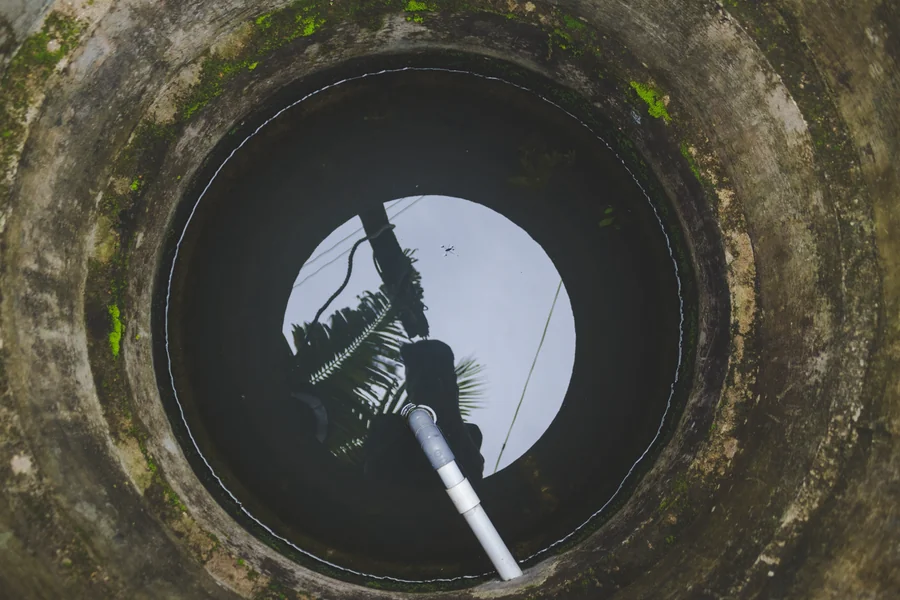Stormwater management is one of those behind-the-scenes systems most property owners rarely think about—until something goes wrong. Beneath parking lots, roadways, and commercial developments, stormwater vaults quietly collect and treat runoff from rainstorms, helping prevent flooding and protecting the environment. However, without regular maintenance, these vaults can quickly become ineffective, causing costly damage, environmental violations, and safety concerns. This is why stormwater vault maintenance should be a top priority for every property owner.
Below, we’ll explore why maintaining these systems is critical and how proper upkeep can protect your property, your investment, and your community. Read on!
Preventing Costly Flooding and Property Damage
One of the primary purposes of a stormwater vault is to control runoff and prevent flooding during heavy rainfall. When a vault becomes clogged with sediment, debris, or trash, its storage and flow capacity are reduced. This can lead to backups that cause localized flooding around buildings, parking lots, and landscaped areas.
Flooding doesn’t just create inconvenience; it can cause significant structural damage to pavement, foundations, and underground utilities. The cost of repairing water-damaged infrastructure can far exceed the cost of routine vault maintenance. By ensuring that your stormwater vault is cleaned and inspected on a regular schedule, you help preserve your property’s drainage system and protect it from costly emergencies.
Protecting Water Quality and the Environment
Stormwater runoff often carries pollutants such as oil, grease, heavy metals, fertilizers, and litter. Stormwater vaults are designed to capture and settle out many of these contaminants before the water is released into public drainage systems or nearby waterways. However, if a vault is full of sediment or debris, it can no longer effectively filter these pollutants.
When a vault fails to perform properly, contaminated water can bypass treatment and enter streams, rivers, or lakes, negatively impacting local ecosystems and water quality. Property owners who neglect maintenance could inadvertently contribute to pollution that harms fish habitats and water supplies. Regular cleaning ensures that vaults function as intended, helping meet environmental protection goals and supporting cleaner, healthier communities.
Ensuring Compliance With Local Regulations
Many municipalities have strict stormwater management requirements. Property owners are often legally responsible for maintaining private stormwater systems and providing proof of regular inspection and maintenance. Failing to comply can lead to citations, fines, or even orders to repair or retrofit malfunctioning systems.
Routine stormwater vault maintenance helps demonstrate compliance with these regulations and protects property owners from penalties. Keeping accurate maintenance logs, inspection reports, and service records not only satisfies legal requirements but also shows a commitment to responsible property management. In some jurisdictions, compliance can even improve eligibility for local stormwater fee reductions or environmental incentives.
Extending the Lifespan of the Stormwater System
Like any piece of infrastructure, stormwater systems degrade over time. Sediment buildup, corrosion, and improper flow patterns can accelerate wear and tear on vault components, including access hatches, sumps, filters, and baffles. Without maintenance, small issues such as a blocked outlet pipe or damaged inlet can quickly evolve into major system failures requiring expensive reconstruction.
Regular inspections and cleaning keep these components functioning efficiently and prevent premature deterioration. Maintenance helps identify problems early, allowing for minor repairs before they turn into larger, more costly replacements. This proactive approach extends the overall lifespan of your stormwater vault and maximizes your investment in its construction.
Minimizing Liability and Safety Risks
Clogged or damaged stormwater systems can create hazardous conditions on a property. Standing water, for instance, may increase slip-and-fall risks in parking areas or walkways. In extreme cases, flooding can compromise public safety by blocking access routes or creating sinkholes around failed drainage structures.
Additionally, property owners can face liability if their neglected stormwater system contributes to flooding or contamination that affects neighboring properties or public infrastructure. Regular maintenance minimizes these risks by ensuring that the vault and its connected drainage components perform properly during rain events. Investing in maintenance is not just about protecting property; it’s about ensuring safety and reducing legal exposure.
Stormwater vaults quietly protect your property and community every time it rains—but only if they’re properly maintained. Neglecting them can lead to flooding, environmental damage, and costly repairs that far outweigh the price of regular upkeep. By staying proactive with inspections and cleanings, property owners can prevent problems before they start and ensure their stormwater systems operate at peak efficiency.
If you’re unsure about the condition of your stormwater vault or it’s been a while since your last service, it’s a good idea to reach out to professionals who specialize in stormwater vault maintenance, such as those from CatchAll Environmental. They have the tools, training, and expertise to inspect, clean, and document your system safely and effectively. Partnering with experienced maintenance professionals not only keeps you compliant with local regulations but also gives you peace of mind knowing your property is protected—rain or shine.





